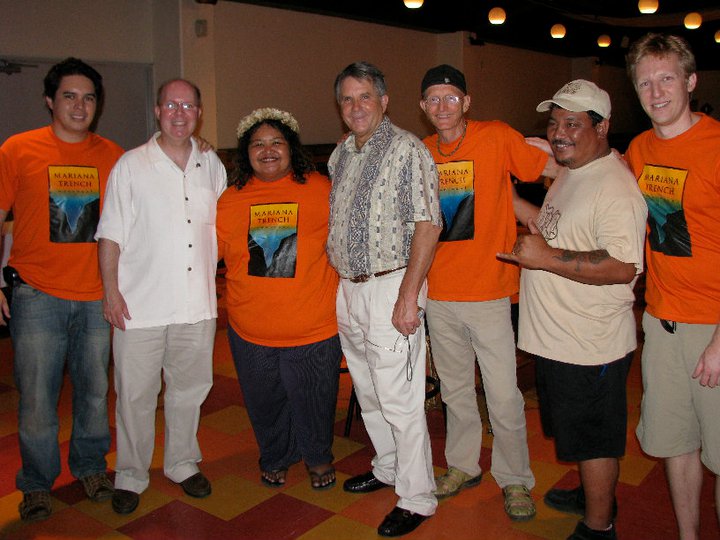This article originally appeared in the June/July 2020 issue of the Deep-sea Mining Observer. It is reprinted here with permission. For the latest news and analysis about the development of the deep-sea mining industry, subscribe to DSM Observer here: http://dsmobserver.com/subscribe/

For over 50 years, deep-ocean explorers have been able to claim that more people have walked on the moon than have dived to the deepest point on the Earth. Only two men descended into Challenger Deep in the 20th century–Don Walsh and Jacques Piccard–they were joined in the early 2010s by director James Cameron. Earlier this year, Victor Vescovo became the fourth to reach the bottom of Challenger Deep and, over the course of several subsequent dives this summer, the ranks of those who’ve reached the deepest ocean has swelled.
Astronaut, oceanographer, and former NOAA Administrator Kathy Sullivan and explorer and mountaineer Vanessa O’Brien became the first and second woman to dive to the bottom of Challenge Deep aboard the privately owned HOV Limiting Factor, piloted by Vescovo and his team.
Read More “New dives to Challenger Deep raise old questions about privatization and exploration” »

